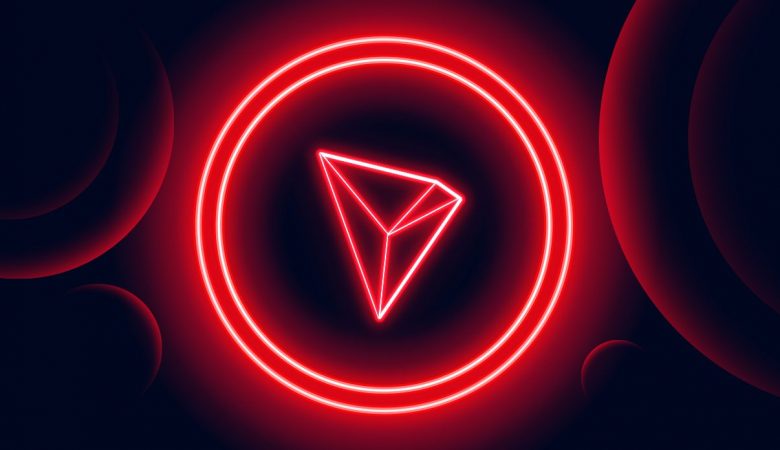The rise of bitcoin’s popularity (and price) provokes more and more people to give it a look and see if it would somehow make a difference in their lives. Either as a means to make profit, store value, or change the financial system of the world for better, digital currency seems to open many financial opportunities for all social strata. But how does crypto work? How does investing in cryptocurrency work? How does crypto trading work?
What is cryptocurency, or crypto?
Officials struggle to give crypto an unambiguous definition. They may come up with the following: it is a type of a virtual asset.
It can be used as exchange value, but people can agree to exchange literally anything.
It is not a commodity, meaning that, it is not consumable (but the supply is potentially infinite).
Most crypto are not revenue-producing assets, otherwise they would be comparable to stocks.
It is possible to make a crypto work like a stock but it remains much more complicated than that.
It is a store of value provided that: a) it is supported by real-world value (most often a technology); b) people agree to assign even more value to it, creating demand.
How does crypto work?
Suppose that you have grown weary of draconian value-added tax rates (usually up to 20%) in your country. The government has all the reasons to charge the tax because they maintain the trading infrastructure and oversee the security and fairness of trade. But what if instead of a central body (the government), a community itself could manage the whole deal? With the help of blockchain technology, it can.
Cryptocurrency developers provide each user with ability to trade directly, peer-to-peer, without intermediaries. The software verifies transactions, so it’s nearly impossible to cheat. On top of that, each user has a copy of the whole transaction history: the blockchain itself.
As a rule, the software is open-source, which enables every community member to review and improve the code. It also prevents developers from turning the game in their favor.
How does cryptocurrency work concerning the emission of new coins?
Now this is one of the most interesting parts. As you know, a central financial authority (e.g., the Central Bank) takes care of minting currency on a national scale. The bitter truth is that the money they mint is not backed up by real value. It used to be the documents signifying the possession of real gold a few centuries ago… well, not anymore.
So, hey, if a central body can make money out of thin air and spend it however they please, why can’t the mining process be distributed fairly between the community members? With the help of the cryptocurrency mining algorithm, it can!
Depending on how many transactions a given user verifies, they get a higher chance to receive a unit of the network’s currency.
This is the most basic yet real example.
How does cryptocurrency work regarding different mining algorithms?
New coins come into existence via the process traditionally called mining. Every user who participates in sustenance of a cryptocurrency ecosystem must be incentivized to keep doing it; besides, the emission of new coins is decentralized more or less evenly throughout the network this way.
Making the mining too easy will result in the emergence of large quantities of coins and ongoing devaluation, which is why it is deliberately made difficult. Cryptocurrency has “crypto” in it because it relies on cryptographic hashing algorithms: on the one hand, they ensure security and anonymity of transactions; on the other, they give miners some work to do, and keep the emission rate low enough to prevent inflation and consequent devaluation.
To compensate the ever-increasing number of miners in the network, the algorithm itself makes the puzzle more difficult so that the generation of new blocks remains at a constant rate. In the case of Bitcoin, each miner must go through up to 4 billion possible variations of hash number to find the one that will match the requirement set by the algorithm.
By the way, considering the extreme difficulty of mining bitcoins and respectively enormous reward for a single block (12.5BTC, about $60,000 each at the time of writing), individual miners may choose to join mining pools that share rewards between all the participants, based on their contribution.
Such an approach is called Proof-of-Work, and, needless to say, it wastes humongous amounts of electricity. Its carbon footprint is disturbing.
Another kind of agreement, so far the best in terms of energy efficiency, fairness, and randomization, is Proof-of-Stake. Although attempting to be maximally fair, it gives privilege to users who “stake” more coins on mining. The users without tech experience (or the mining equipment, or the desire to set up their node…) may just delegate their stake to another miner and still earn a share of coins.
How does cryptocurrency work price-wise
Now that you know that the price of a given coin is influenced by the difficulty of mining, you can see why some coins are much more expensive than others.
The other factors influencing the price include:
- Media coverage, including mentions from celebrities;
- The advantage of coming to the market first (BTC, ETH);
- Community vision: they may hard fork the original chain and impact the price of its tokens;
- Applicable use-case of a particular technology.
How does investing in cryptocurrency work
Investors are optimistic that the price of a given coin will go up, but their assumptions lead to massive losses when the coin is outrun by its competitor or dropped by its developer team. A wannabe investor will inevitably run into a warning that cryptos are volatile, unregulated, unsafe (which is not entirely untrue considering DAO attack or $24M theft from Harvest Finance among other security failures) and so on, and so forth.
Setting aside the aforementioned perils, investing in crypto is as easy as making any purchase online.
The best way to invest in cryptocurrency is to download a cryptocurrency wallet. Trustee is a non-custodial wallet, which means that crypto remains under users’ control. In addition, exchange rates in the application are the lowest
It is possible to buy coins directly from the creators using a credit card or other crypto, particularly during the Initial Coin Offering stage (ICO), which is exactly when creators ask to support (invest into) their project.
Playing a blockchain-based game is a form of investment, too.
Besides, mining a given coin implies investments of time and computational power in exchange for a rewarding coin payout.
How does crypto trading work
In general, cryptocurrency exchanges work just like any other market. Sellers create offers while buyers either accept them or create their own bids.
A trade matching engine comes into play when offers and bids are acceptable for both parties but still do not exactly match each other. For example, the bid price is higher than the best offer’s price, the amounts do not correspond, etc.
All the “buy” and “sell” offers for a given pair are displayed in the user interface simultaneously, often supplemented with useful market stats and charts, so its easy to figure out what is going on with the market at the moment.
Trading account settings allow to further automate deals based on a given set of conditions.
How does crypto work? We know!
That’s it! We’ve briefly covered the technology under the hood of crypto and answered the questions, ‘How does investing in cryptocurrency work?’ and ‘How does crypto trading work?’
That should be enough to continue your journey into the world of crypto: fast, safe, reliable, decentralized, immune to censorship. Good luck.





Leave a Reply